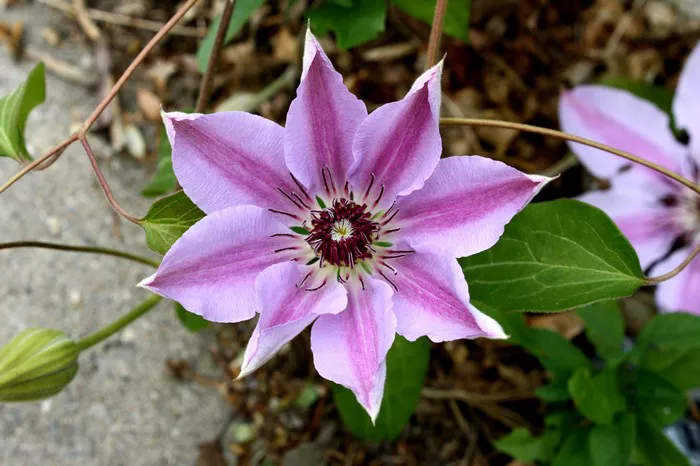Clematis, with its stunning array of colors and elegant blooms, is a popular choice for gardeners looking to add beauty and charm to their landscapes. However, for dog owners, the allure of these vibrant flowers may be overshadowed by concerns about their potential toxicity to their furry companions. In this article, we delve into the question: are clematis flowers poisonous to dogs?
Understanding Clematis
Before we explore the potential risks clematis poses to dogs, let’s first understand the plant itself. Clematis is a genus of flowering plants that belong to the Ranunculaceae family. These woody vines are known for their showy flowers, which come in a variety of colors ranging from white and pink to purple and blue. Clematis is commonly found in gardens, where it is trellised or allowed to climb over fences, walls, and other structures.
Toxicity Concerns
Clematis contains various compounds that can be toxic to dogs if ingested in large enough quantities. One such compound is anemonin, which is found in the sap of the plant. Anemonin is a bitter-tasting substance that can cause gastrointestinal upset in dogs, including symptoms such as vomiting, diarrhea, and drooling.
In addition to anemonin, clematis also contains other potentially harmful substances, including protoanemonin and glycosides. These compounds can cause irritation to the mouth, throat, and digestive tract, leading to discomfort and distress for affected dogs.
Symptoms of Clematis Poisoning in Dogs
If a dog ingests clematis or comes into contact with its sap, they may exhibit a range of symptoms indicative of poisoning. These symptoms can vary in severity depending on the amount of plant material ingested and the individual dog’s sensitivity. Common signs of clematis poisoning in dogs include:
- Vomiting
- Diarrhea
- Drooling
- Loss of appetite
- Abdominal pain
- Lethargy
- Difficulty breathing (in severe cases)
If you suspect that your dog has ingested clematis or is experiencing any of these symptoms after coming into contact with the plant, it’s essential to seek veterinary care immediately. Prompt treatment can help alleviate your dog’s symptoms and prevent complications associated with clematis poisoning.
Preventing Exposure
Prevention is key when it comes to protecting your dog from the potential dangers of clematis. Here are some steps you can take to minimize the risk of exposure:
1. Awareness: Familiarize yourself with the plants in your garden and be aware of any potentially toxic species, including clematis.
2. Supervision: Keep a close eye on your dog when they are in the garden, especially if you have clematis growing nearby. Prevent them from nibbling on or digging around the plants.
3. Training: Train your dog to avoid eating or interacting with plants without your permission. Reinforce this behavior through positive reinforcement techniques.
4. Physical barriers: Consider installing fencing or other barriers to prevent your dog from accessing areas of the garden where clematis is growing.
5. Substitute plants: If you’re concerned about the safety of clematis, consider planting dog-friendly alternatives in your garden instead. There are plenty of non-toxic plant options that can add beauty to your landscape without posing a risk to your furry friend.
Conclusion
While the allure of clematis flowers may be tempting, it’s essential for dog owners to be aware of the potential risks these plants pose to their pets. Clematis contains compounds that can be toxic to dogs if ingested, leading to symptoms such as vomiting, diarrhea, and abdominal pain. By taking precautions to prevent exposure and being vigilant about monitoring your dog’s behavior in the garden, you can help keep them safe from harm. If you suspect that your dog has ingested clematis or is experiencing any symptoms of poisoning, don’t hesitate to seek veterinary care immediately. Your quick action could make all the difference in your dog’s health and well-being.


